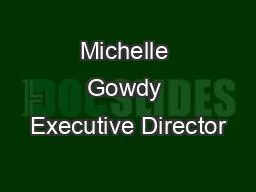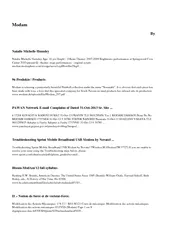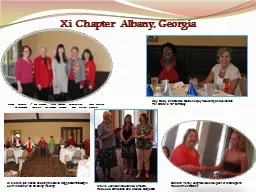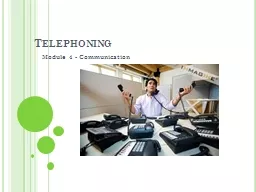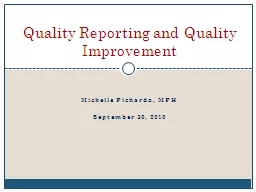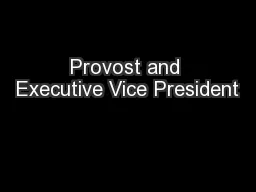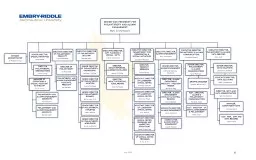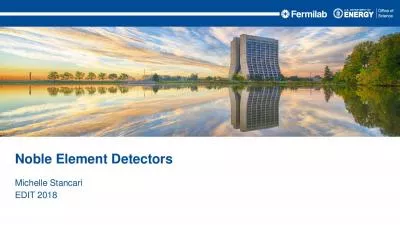PPT-Michelle Gowdy Executive Director
Author : altigan | Published Date : 2020-11-06
Broadband amp Cable VIRGINIA BEACH MAY 23 2019 Definitions Broadband a highcapacity transmission technique using a wide range of frequencies which enables a large
Presentation Embed Code
Download Presentation
Download Presentation The PPT/PDF document "Michelle Gowdy Executive Director" is the property of its rightful owner. Permission is granted to download and print the materials on this website for personal, non-commercial use only, and to display it on your personal computer provided you do not modify the materials and that you retain all copyright notices contained in the materials. By downloading content from our website, you accept the terms of this agreement.
Michelle Gowdy Executive Director: Transcript
Download Rules Of Document
"Michelle Gowdy Executive Director"The content belongs to its owner. You may download and print it for personal use, without modification, and keep all copyright notices. By downloading, you agree to these terms.
Related Documents

